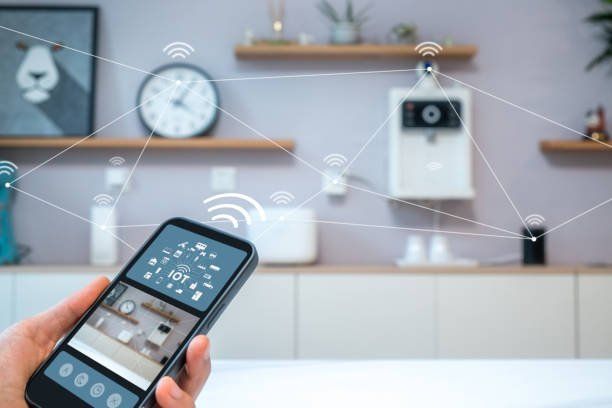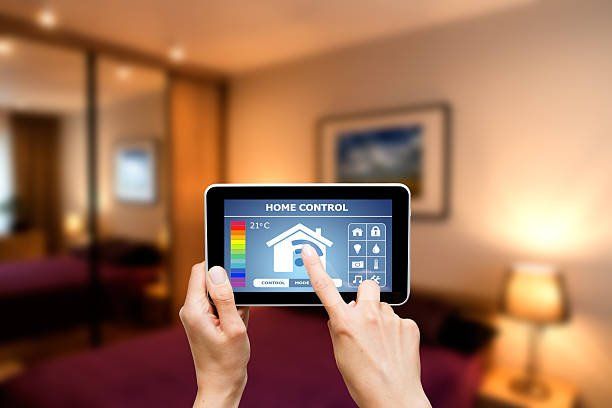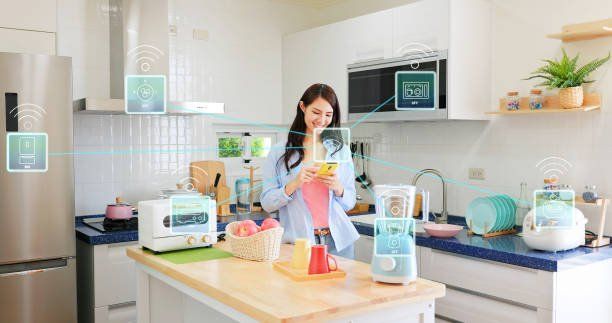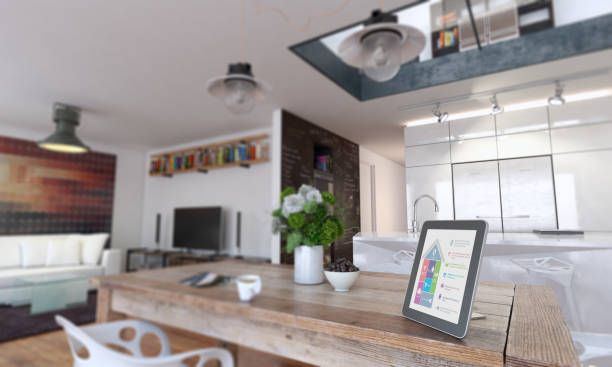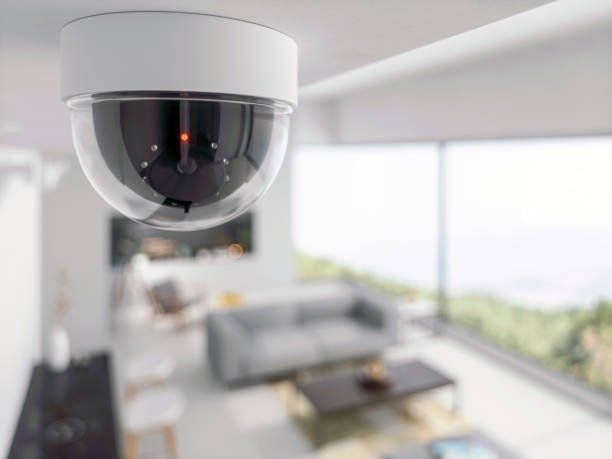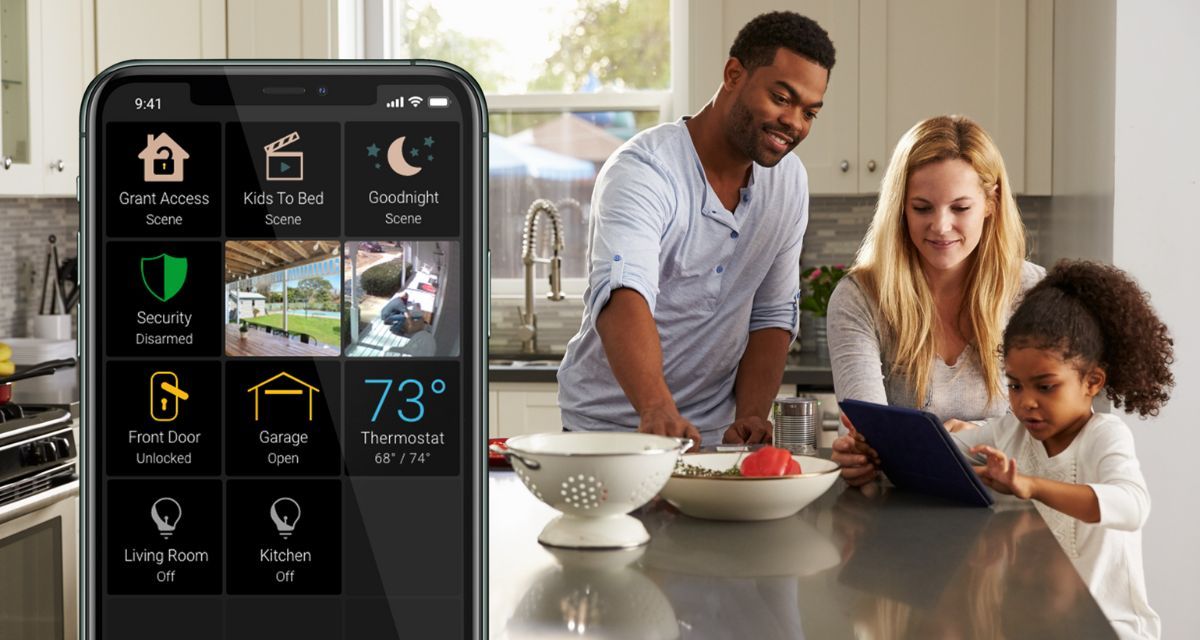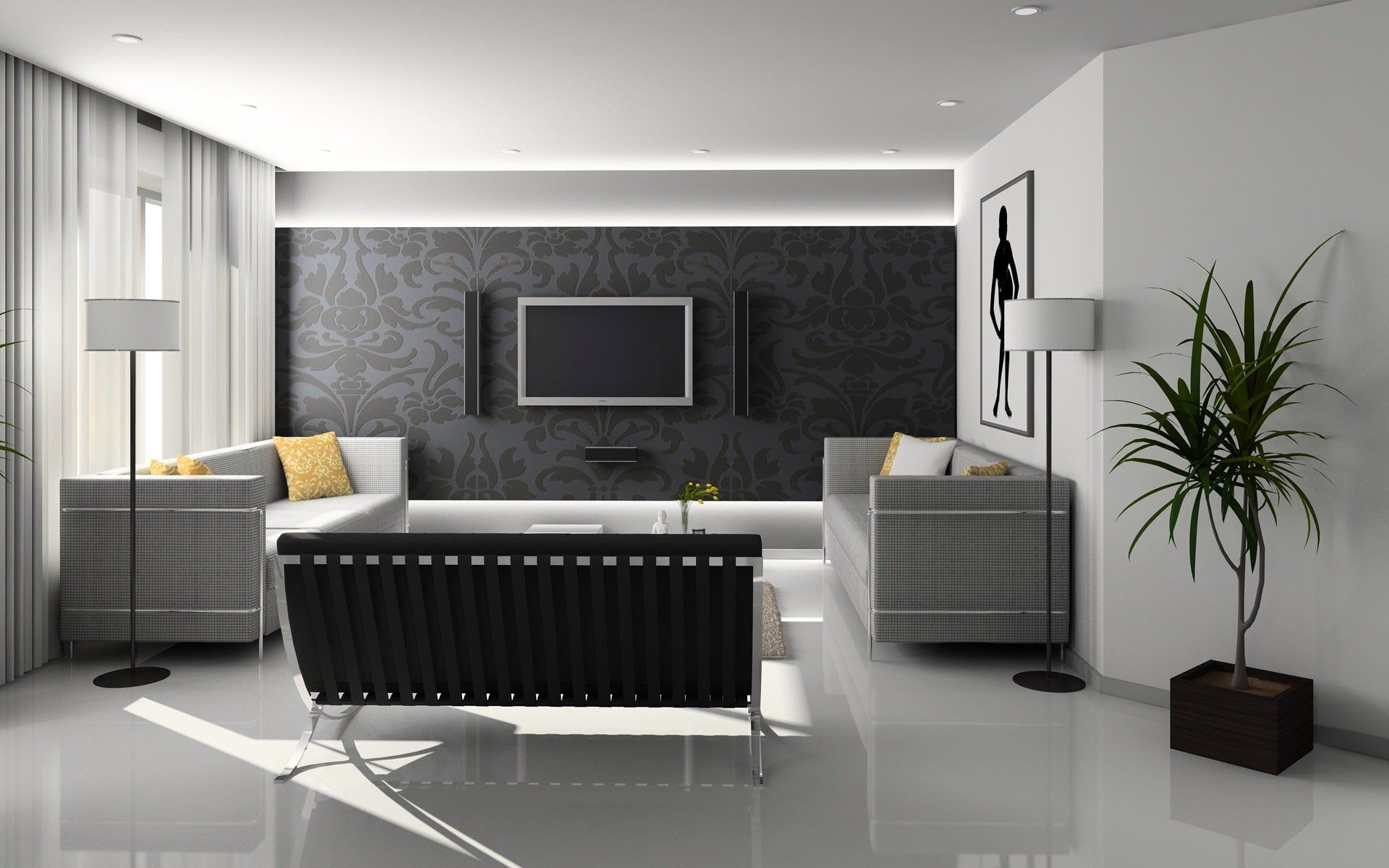Do you want to make your home smarter, but don't know where to start? In this blog post, we will discuss how you can turn your home into a smart home automation technology using the power of the internet of things. We will cover a variety of topics, including what IoT is, what devices you can use to get started, and some tips on how to get the most out of your smart home. Are you ready to start transforming your home? Let's get started!
What is the IoT, and what are its benefits for homeowners
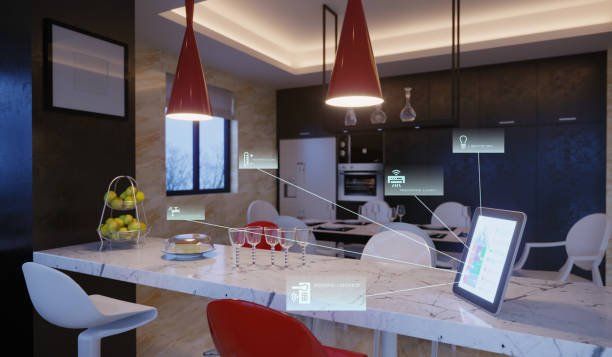
The IoT, or the Internet of Things, is a term used to describe the growing network of physical objects that are connected to the internet. This includes everything from appliances and vehicles to buildings and city infrastructure. By embedding sensors and other connectivity features into these everyday objects, we can collect data and information about how they are being used. This data can then be analyzed to improve efficiency, identify issues, and make better decisions. The IoT is already having a profound impact on our world, and it is only going to become more important in the years to come.
The benefits of the Internet of Things for homeowners are many and varied. One of the most obvious is the increased level of convenience that comes with being able to control your home systems remotely. No longer do you need to be at home to adjust the thermostat or turn on the lights - you can do it all from your smartphone. In addition, IoT-enabled devices can provide a higher level of security by allowing you to monitor your home while you're away. And because they're connected to the internet, they can also receive updates and new features automatically, making them more reliable and efficient over time. Overall, the Internet of Things offers a number of significant benefits for homeowners.
How to connect different devices in your home to the IoT?
One of the great things about living in the 21st century is all the different ways you can connect your devices to the internet and to each other. If you want to get started with the Internet of Things (IoT), there are a few different ways you can go about it. One option is to purchase a ready-made solution, like the Google Home. These devices come with everything you need to get started, and they're relatively easy to set up. Another option is to purchase individual components and build your own system. This can be a more expensive option, but it also gives you more flexibility in terms of what devices you can connect and how you can use them. Whichever route you choose, there are a few things you'll need to do in order to get started. First, you'll need to connect your devices to the internet, whether that's through Wi-Fi or a wired connection. Once they're connected, you'll need to download any necessary apps or software updates. Finally, you'll need to start configuring your devices so they can talk to each other and work together. With a little of effort, you can turn your home into a connected space that responds to your every command in your intelligent home automation system.
Some popular IoT devices that can help you automate your home:
There are a number of popular IoT electrical appliances that can help for, for example iot based smart security and home automation system. One such device is the Nest Thermostat, which can learn your heating and cooling preferences and adjust temperature accordingly. Another popular device is the Philips Hue light bulb, which can be controlled remotely via a smartphone app. Finally, the Amazon Echo is a voice-activated device that can be used to control various smart home devices, such as lights, thermostats, and door locks. By automating these devices, you can save time and energy while also making your home more comfortable and convenient.
How to use voice commands to control your smart home?
With the rise of smart home technology, more and more devices are becoming controlled by voice commands. While this may seem like a daunting task at first, it's actually quite simple once you get the hang of it. In most cases, all you need to do is wake up your device with a trigger word, such as "Hey, Siri" or "OK, Google," and then give a command. For example, you can say "Turn on the lights" or "Set the temperature to 68 degrees." It will do it monitoring environmental factors. You can also ask questions like "What's the weather today?" or "What's the current time?" As you become more familiar with your devices, you'll be able to discover all sorts of different commands that can make your life easier. So why not give it a try? You might be surprised at just how convenient voice control can be.
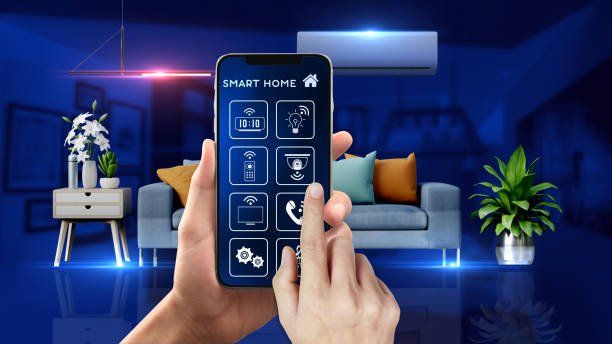
Tips for securing your home's internet connection and protecting your privacy
You've probably heard the stories about people's homes getting hacked through their smart devices. It might seem like something that only happens in movies, but the truth is, it can happen to anyone. If you're not careful about securing your home's internet connection, you could be putting your privacy at risk. Here are a few tips to help you out:
- Make sure your router is up-to-date and has the latest security features.
- Use a strong password for your router and don't use the same password for other devices or accounts.
- Consider using a VPN (virtual private network) to encrypt your internet traffic and keep it private for your smart home automation system.
- Be careful about what devices you connect to your network, and only connect devices that you trust on your security system.
- Keep an eye on your activity logs to see if there's anything unusual going on.
By following these tips, you can help keep your home safe from internet hackers.
The future of the smart home and how it will impact our lives
The proposed system of the smart home goes far beyond convenience and energy efficiency. In the coming years, smart homes will become an increasingly integral part of our lives, changing the way we live, work, and interact with our families and communities.
For example, imagine being able to come home from work and have your house automatically adjust the temperature, turn on the lights, and start cooking dinner. These will be the modern home automation systems. Or what if your home could monitor your health and provide you with personalized wellness recommendations? These are just a few of the possibilities that smart homes will offer in the future. As our lives become increasingly busy and stressful, these kinds of efficient home security system will become more and more appealing. In addition, as we become more reliant on technology, smart homes will need to be designed to be safe and secure from hacking and other cyber threats. The future of the smart home is both exciting and full of potential.
